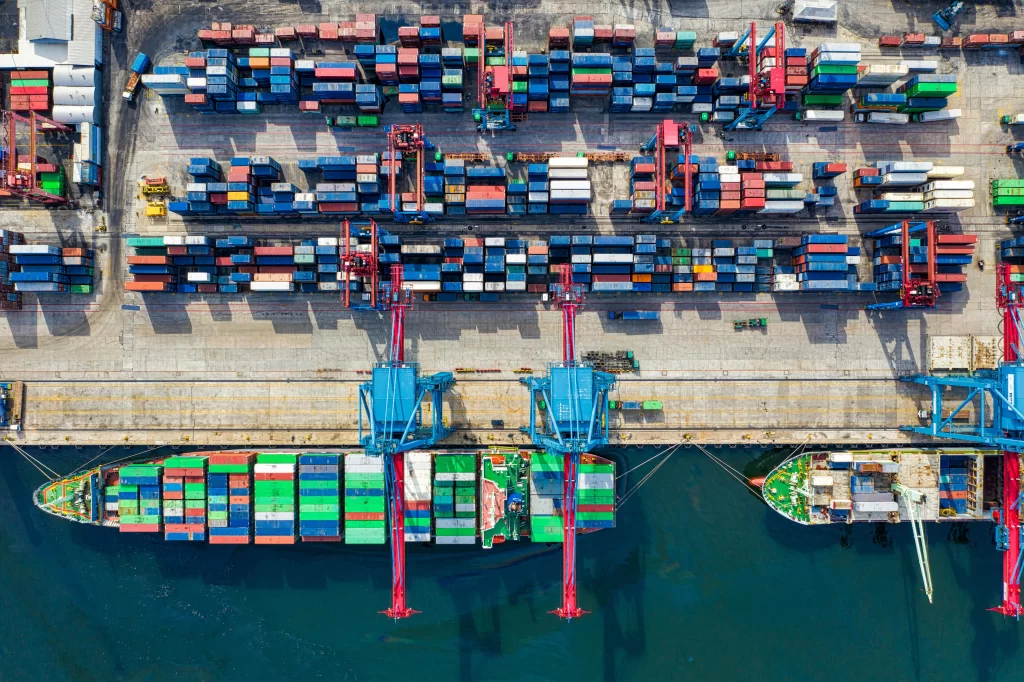For hospitality and catering operators, keeping up with the factors affecting product supply and availability is essential. This knowledge guides strategic purchasing decisions, menu adaptations, and ensures a healthy GP margin.
Our European Supply Chain Analyst, Alex Gess, offers valuable insights into current market conditions – from disruptions in the supply chain to fluctuating prices, along with updates on energy costs and living expenses. Plus, check out the full Q2 2024 Commodity Market Report for key commodity updates and ways to mitigate price increases.
Cost of Living
The recent drop in the UK inflation rate to 3.2% offers a glimmer of relief for both consumers and the supply chain. While still higher than pre-September 2021 levels, this decline, particularly in food, beverage, and textile costs, aligns closer with the Bank of England’s target. There’s optimism that this trend might prompt the Bank to consider lowering the interest rate, currently at its highest in 16 years, potentially impacting mortgage and loan repayments. However, market speculation cautions that the reduction might not meet expectations, dampening hopes for imminent interest rate cuts.
The positive economic indicators, buoyed by a boost in March retail sales and reduced energy pricing following the implementation of a 3-month cap, offer a mixed outlook. While there’s a decrease in energy costs and additional support through increases in Universal Credit and the State Pension, announcements of price hikes in essential services offset these gains. This combination of rising costs and constrained services poses significant financial challenges for UK households, signalling a tougher financial landscape compared to the previous year, with the burden extending beyond food inflation alone.
Climate Change
The global impact of climate change on agricultural practices is increasingly evident, with extreme weather events and shifting patterns disrupting planting and harvesting seasons worldwide. In the UK, recent reports highlight significant challenges during the spring planting season, as flooded fields hamper the cultivation of essential crops like potatoes and carrots. Furthermore, adverse conditions lead to poor crop quality and rotting, compounding the difficulties for farmers.
Beyond crops, livestock farming also faces hurdles due to wetter weather, resulting in elevated mortality rates for British lambs and reduced milk yields from dairy cows unable to graze. These issues cascade through the supply chain, constraining domestic lamb and dairy product availability for export and affecting the broader dairy industry. Meanwhile, across Europe, decreased wheat production and wildfires devastate crops like olives, prompting concerns about sustained price increases amid ongoing climate instability.
Farmers respond by adapting crop selections and land usage, with potato farmers reducing planting areas and transitioning to more resilient crops. Amidst these shifts, the UK may increasingly rely on imports from the continent to meet demand and mitigate potential food inflation spikes, emphasising the necessity for proactive strategies in the face of climate-induced challenges.

Global Supply Chain
The escalation of global conflicts in the early months of this year, particularly in Ukraine, continues to disrupt trade routes and affect food availability in Europe. Sanctions on Russia exacerbate supply constraints, leading to the exploration of alternative routes and suppliers, albeit at increased costs and longer shipping times. Despite these challenges, Ukraine maintains stable food exports thanks to protected trade routes.
In the Middle East, tensions intensify, involving nations like Iran and Lebanon, although the US and UK remain wary of broader conflicts. While our reliance on the region for crops and exports is limited, it remains integral to key shipping routes. Furthermore, attacks on shipping vessels in the Red Sea prompt route changes, adding costs and delays to shipments, with significant impacts on port schedules and global supply chains. Similarly, droughts in Middle and South America disrupt shipping through the Panama Canal, further exacerbating global shipping challenges.
Read our full Q2 2024 Commodity Market Report
Pelican’s complete Commodity Market Report provides key price trends and recommendations for mitigating price increases. We also look at product availability and what produce is in season to help inform your purchasing.
We’re here to help.
If you would like to receive supply chain support or need help navigating the current market conditions, please get in touch with us at hello@pelicanprocurement.co.uk.









